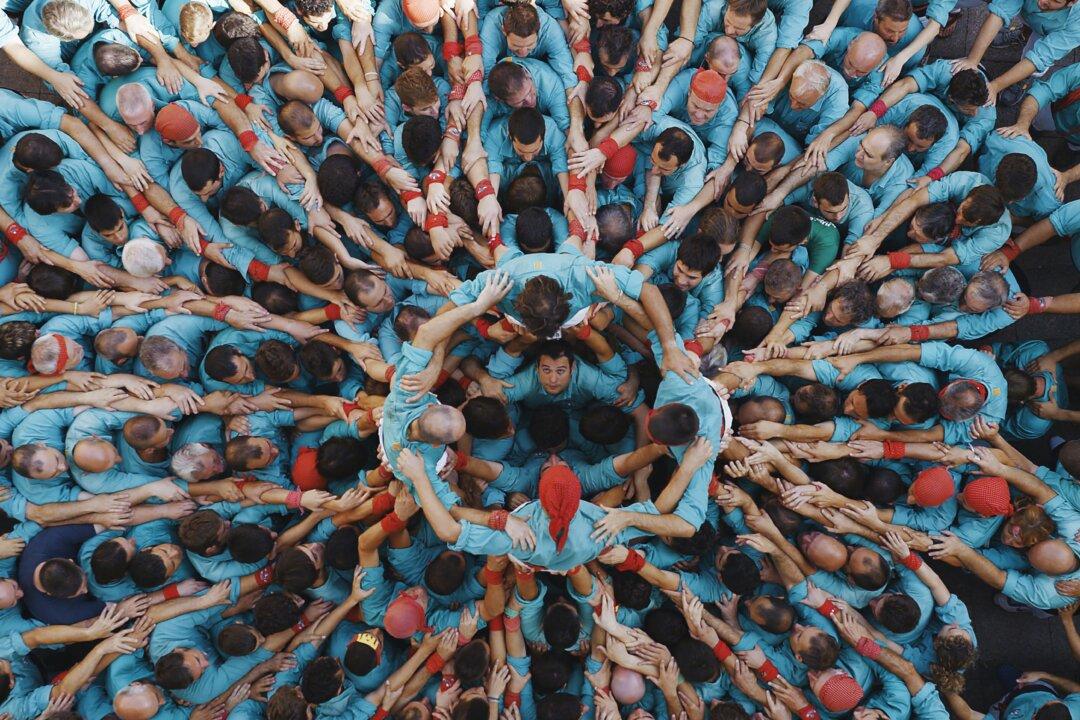NEW YORK—The simplest questions can be the most difficult to answer. What is the meaning of life? What is happiness for you? What does love mean? Such questions go straight to the core, yet are seldom thought of during our daily existence.
French photojournalist and environmentalist Yann Arthus-Bertrand is obsessed with the large picture. He wants to understand why there is so much suffering in the world, why are we still fighting wars, why is there so much poverty, why are we destroying the environment at such a rapid pace, why can’t we get along with each other better, why, why, why?
He and his team interviewed 2,020 people from 60 countries in the three years of the making of the documentary, “HUMAN.“ They asked each interviewee the same simple, yet essential questions. ”What was the toughest trial you had to face, and what did you learn from it?” was 1 of the 40 standard questions.
With the heart of a naive child, Arthus-Bertrand sought to help us better understand what makes us human.
Most of his previous projects—photography books, and exhibitions, TV documentary series, and films—have focused on the environment. Considered pretty much an icon in France (he was made a knight of the National Order of the Legion of Honor, the highest decoration in France, and became a member of the prestigious l'Académie des Beaux-Arts), he is known around the world mostly for his book of aerial photographs, “Earth from Above.”
That book sold 4 million copies and had 175 outdoor exhibitions of its photographs. It provided the roots for his films “7 billion Others,” “Home,” and currently “HUMAN”—shifting the point of view from landscapes to people. With the generous support of Fondation Bettencourt Schueller, he was able to make a noncommercial film for everybody.





